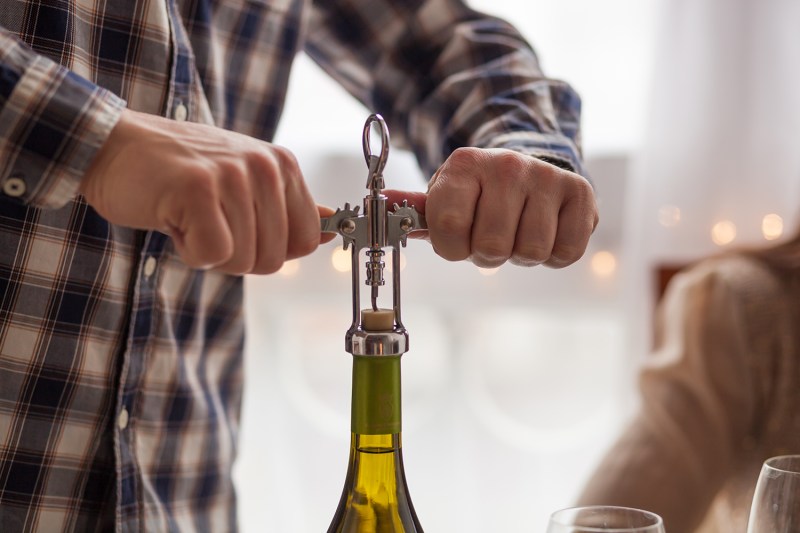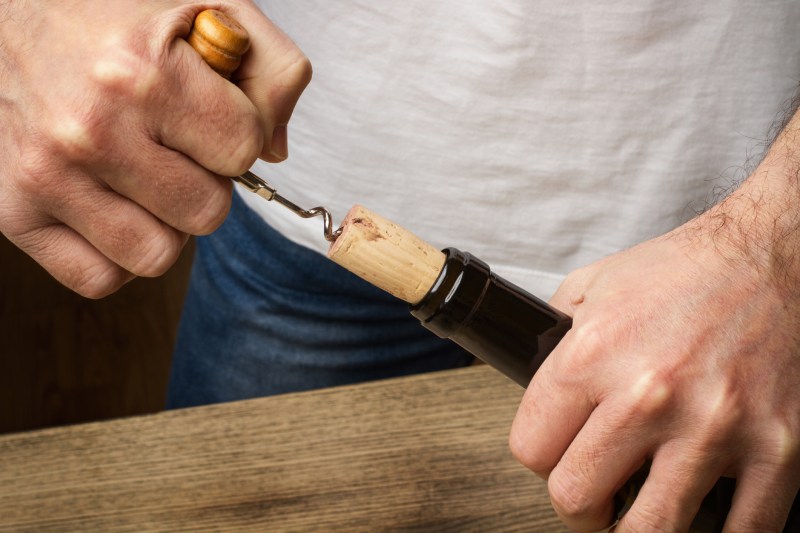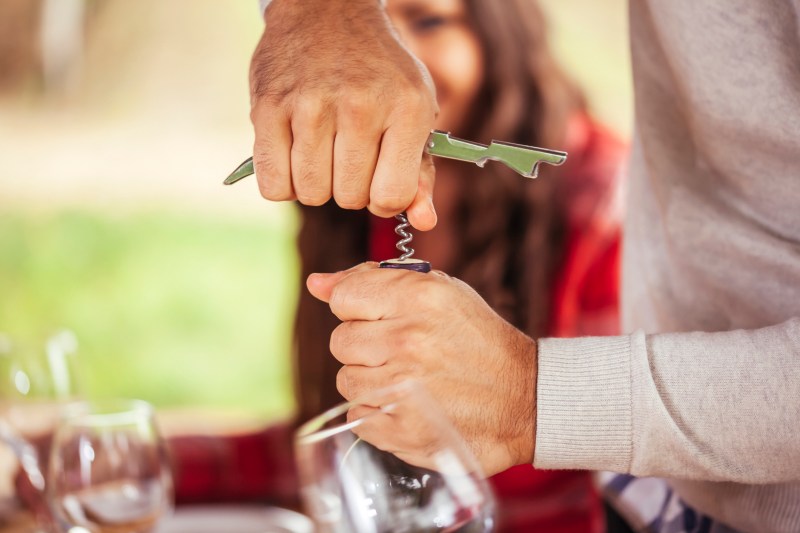
Need to know how to open a wine bottle? No problem! The next time you’re handed a bottle of wine and asked to open it you’ll know exactly what to do. Learning how to use a wine opene the right way is a rite of passage and worth practicing. Even if you aren’t someone who drinks regularly, it’s hard to predict when moments like this will come up in life.
Related Guides
What Are the Different Types of Wine Openers?

A corkscrew is the standard tool used to open bottles of wine sealed with a cork. The corkscrew is the world’s most famous type of wine opener. Originally patented in 1795, the corkscrew has been a trusted tool for opening wine for over 200 years.
There are several different types of corkscrews available. They all work with a similar mechanism: A spiral piece of metal is screwed clockwise into a cork, pressure is applied, and the cork is removed smoothly from the bottle. All of the world’s most popular wine openers work based on this simple process.
Other popular types of wine openers are:
- The Corkscrew
- Wine Key or Waiter’s Corkscrew
- Lever Corkscrew
- Electric Wine Opener
How Do You Use a Basic Wine Opener?

In every corkscrew, the spiral piece of metal, called a worm, is attached to a handle of some kind. Like all corkscrew products, the basic wine opener works by inserting the metal worm of the corkscrew into the center of your cork, applying pressure, and removing it in a smooth and controlled movement.
Follow these steps to use a basic wine opener:
- Remove any packaging material from your bottle of wine so that the top of the wine bottle and cork are fully exposed.
- Hold it firmly by placing the bottle of wine between your legs.
- Stabilize the bottle with one hand.
- Begin to screw the corkscrew directly into the center of the bottle’s cork with your other hand.
- Insert the corkscrew about an inch and a half into the cork.
- Try to insert the corkscrew as straight as possible.
- Once the corkscrew is inserted, squeeze your legs together to further stabilize the wine and prepare to apply pressure.
- Now with one hand still keeping the bottle still, use the other to pull the cork out using a smooth and controlled motion.
- The corkscrew will pop out of the bottle.



